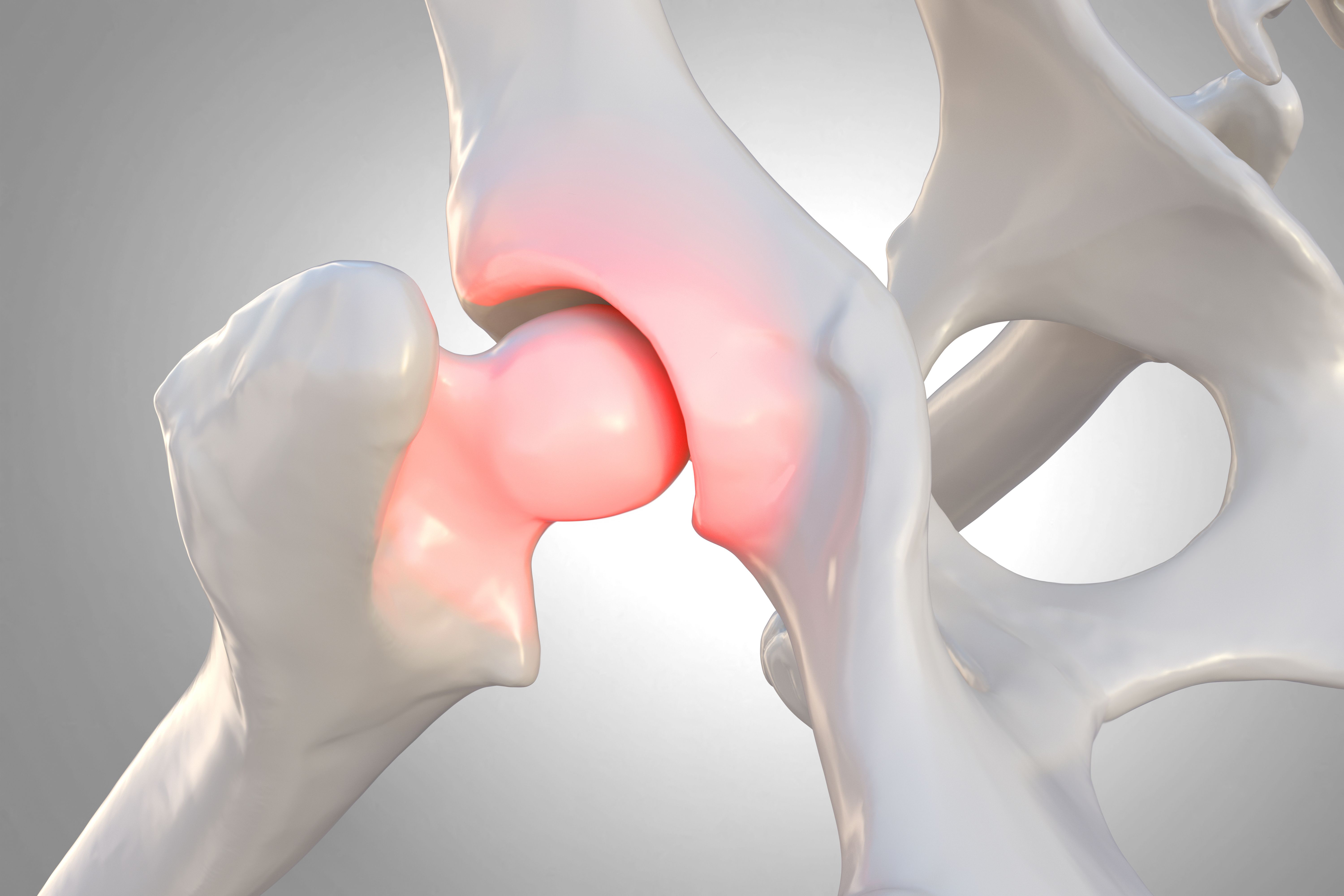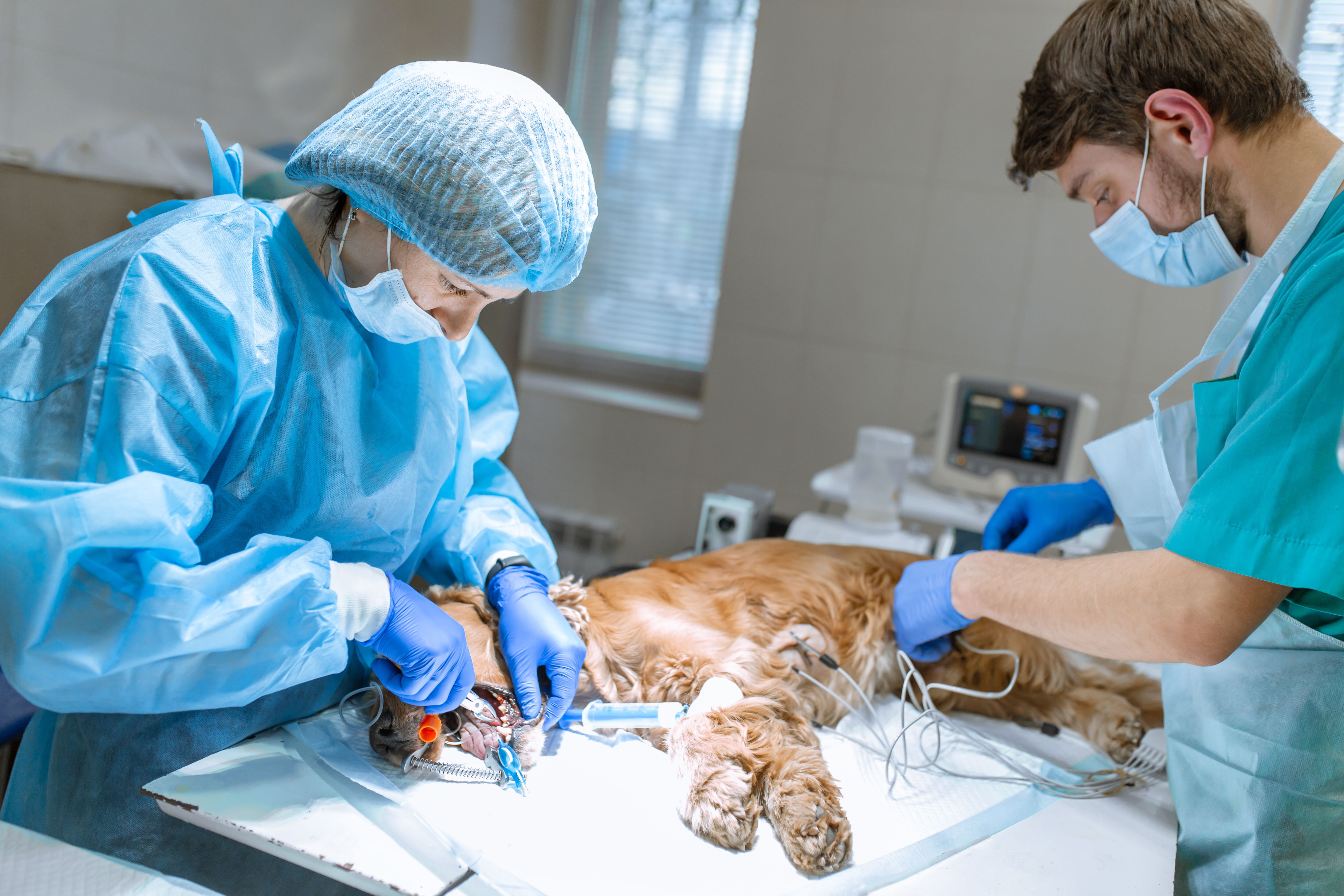
Anesthesiology & Pain Management
Latest News
Latest Videos

More News

Dr Tamara Grubb, president-elect of the IVAPM, explains nonpharmacologic options for the multimodal approach to chronic and acute pain
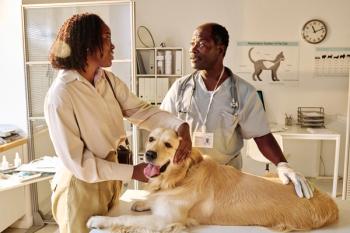
Dr Robin Downing takes a deep dive into pain management and owner compliance

An examination of shockwave therapy and its clinical usages for various orthopedic conditions

In a dvm360® interview, San Diego Fetch faculty member, Dr Bryce Dooley, reviews the latest in this sphere of veterinary medicine
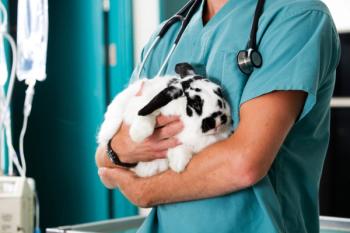
An expert demystifies rabbit intubation to ensure these animals can receive the same standard of care as cats and dogs

In a dvm360® interview, San Diego Fetch faculty member, Dr Bryce Dooley, debunks these misconceptions
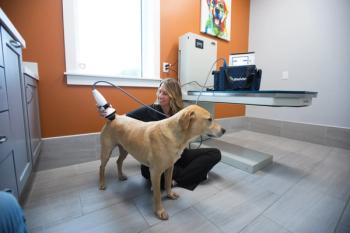
The multimodal approach to canine rehabilitation using shock wave therapy

Drs Jennifer Vitucci and Adam Christman go head-to-head in a series of hilarious games

A certified canine rehabilitation therapist discusses the benefits of extracorporeal shock wave therapy as part of a multimodal approach to canine rehabilitation

Plus, tune in to find the secret word and win a prize

An boarded anesthesiologist and aquatic medicine expert walks through his approach to fish anesthesiology

From bandage art to the world of nutraceuticals, these Medical World News® segments provide viewers with an insider’s look at the clinical and fun sides of veterinary medicine

The effects of chronic pain and how to manage it for improved well-being and quality of life

Laila Proença encourages clinicians to learn how to sedate avian patients so they can perform a physical exam and provide the same standard of care as dogs and cats

A look at dvm360®'s upcoming September CEs and events

Experts offer advice on identifying and managing feline OA and discuss the latest treatments for this painful condition
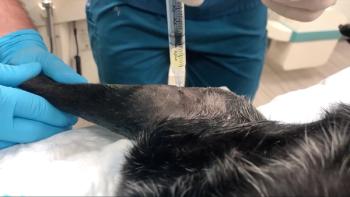
On dvm360® Live!™, Matt Brunke, DVM, DACVSMR, CCRP, CVPP, CVA explains how a new product has changed his approach to osteoarthritis treatment

Leaders at the IVAPM discuss the importance of pain management in veterinary medicine

Plus, frequently asked questions
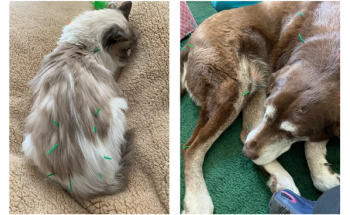
This nonpharmacological form of treatment, rooted in Eastern medicine, can help with a variety of conditions

Study will focus on effects of CBD and CBG for canine elbow osteoarthritis

During a dvm360® interview, Robert Silver, DVM, MS, debunks misconceptions regarding animal dietary supplements

Tamara Grubb, DVM, PhD, DACVAA, shares why she believes local anesthesia is an easy, cost-effective method of pain management

During a dvm360® interview, Robert Silver, DVM, MS, advises that incorporating dietary supplements can enhance your treatment approach

A study from Washington State University displays results of how horse owners administer analgesia medications after receiving a prescription




